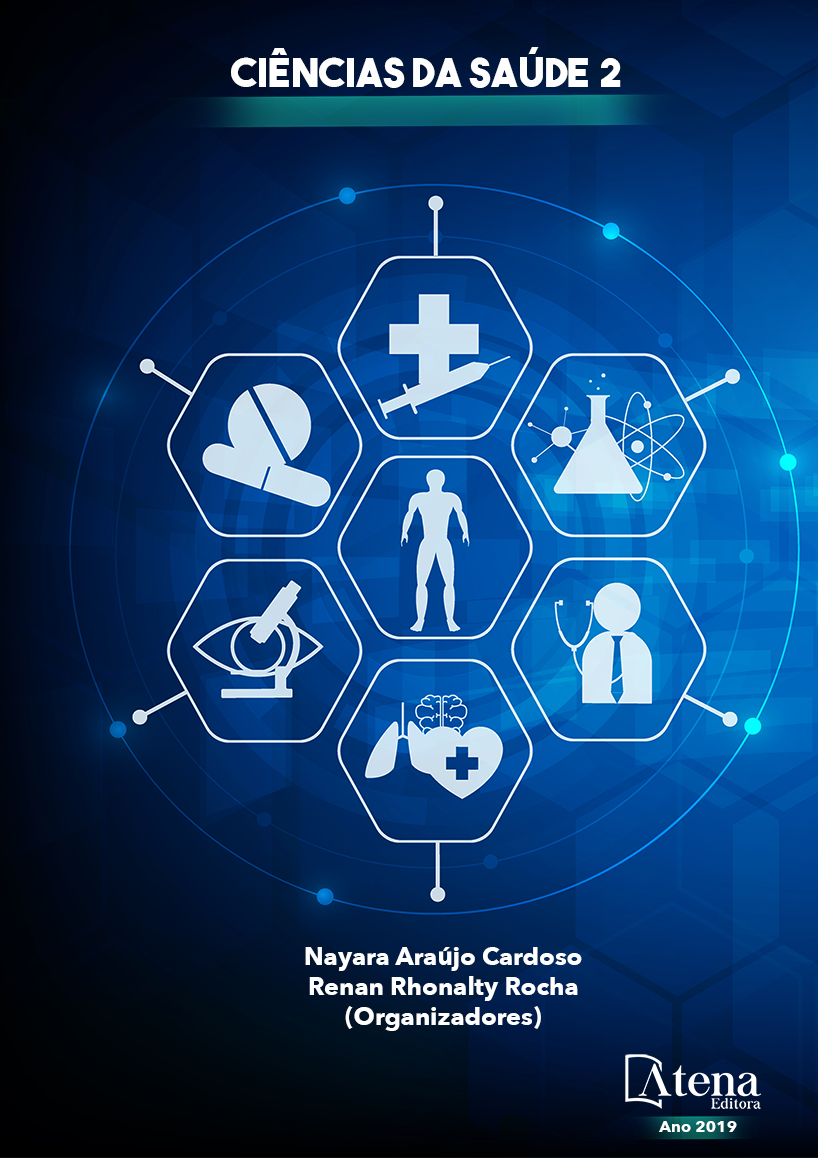
FATORES ASSOCIADOS À VARIAÇÃO DO PICO DE FLUXO GERADO DURANTE A TÉCNICA DE HIPERINSUFLAÇÃO MANUAL BRUSCA
A hiperinsuflação manual é uma
das técnicas de fisioterapia respiratória mais
utilizada em pacientes críticos e consiste na
administração de um volume gasoso superior
do que o realizado pelo paciente através de
um balão auto-inflável (AMBU). Esta técnica
foi desenvolvida com o objetivo de remoção
de secreção brônquica e reexpansão de
áreas pulmonares atelectasiadas, melhorando
assim a complacência pulmonar e oxigenação
em pacientes ventilados mecanicamente.
Objetivo: Evidenciar a variação do pico de
fluxo gerada durante a técnica fisioterapêutica
de hiperinsuflação manual brusca em um
modelo experimental em função de gênero e de
classificação entre fisioterapeutas graduados e
acadêmicos de Fisioterapia. Métodos: O estudo
analítico e exploratório incluiu 115 participantes,
os quais foram orientados a realizar a técnica
da hiperinsuflação manual brusca com o AMBU
conectado ao dispositivo de medida do pico
de por três vezes. Os dados foram analisados
descritivamente, de acordo com o gênero e a
grau de instrução, teste de Shapiro-Wilk, teste
t e coeficiente de correlação de Pearson entre
as variáveis PFE médio, estatura e idade.
Resultados: A amostra foi composta em sua
maioria por mulheres (74%) e acadêmicos de
Fisioterapia (75%), com media de 22,71+5,75
anos de idade, 116,74+8,36 cm de estatura e
322,03+45,78 l/min de pico de fluxo. Houve
diferença significativa entre os gêneros para o
PFE médio (P = 0,000), para a Idade (P = 0,002)
e para a estatura (P = 0,000) e entre o grau de
instrução para o PFE médio (P = 0,001) e para a
Idade (P = 0,000). Conclusões: Fatores como
sexo masculino, grau de instrução e idade
foram fatores influenciaram positivamente o
pico de fluxo expiratório médio gerado pela
técnica de hiperinsuflação manual.
FATORES ASSOCIADOS À VARIAÇÃO DO PICO DE FLUXO GERADO DURANTE A TÉCNICA DE HIPERINSUFLAÇÃO MANUAL BRUSCA
-
DOI: 10.22533/at.ed.27519180226
-
Palavras-chave: Hiperinsuflação manual, reanimador manual, pico de fluxo.
-
Keywords: Manual hyperinflation, manual resuscitation, peak flow.
-
Abstract:
Manual hyperinflation is one of the most used respiratory physiotherapy
techniques in critically ill patients and consists of administering a higher volume of
gaseous fluid than the patient performed using a self-inflating balloon (AMBU). This
technique was developed with the objective of removing bronchial secretion and
reexpansion of atelectasis lung areas, thus improving pulmonary compliance and
oxygenation in mechanically ventilated patients. Objective: To demonstrate the peak
flow variation generated during the physiotherapeutic technique of abrupt manual
hyperinflation in an experimental model according to gender and classification among
physiotherapists and physicists. Methods: The analytical and exploratory study
included 115 participants, who were instructed to carry out the technique of abrupt
manual hyperinflation with the AMBU connected to the device of measuring the peak
of three times. Data were analyzed descriptively, according to gender and educational
level, Shapiro-Wilk test, t-test and Pearson’s correlation coefficient between the mean
PEF, height and age variables. Results: The sample consisted of women (74%) and
physiotherapists (75%), with a mean of 22.71 ± 5.75 years of age, 116.74 ± 8.36 cm of
height and 322 , 03 + 45.78 l / min peak flow. There was a significant difference between
the genders for mean PEF (P = 0.000), for age (P = 0.002) and for height (P = 0.000)
and between the average PEF (P = 0.001) and for the age (P = 0.000). Conclusions:
Factors such as male gender, educational level and age were positively influenced by
the mean peak expiratory flow generated by the manual hyperinflation technique.
-
Número de páginas: 15
- Luan Rodrigues da Silva
- Ana Paula felix Arantes
- Fernando Guimarães Cruvinel
- Giulliano Gardenghi
- Renato Canevari Dutra da Silva


